4 Winter Pests to Watch Out for in Maryland & What to do About Them
As the warm weather fades into colder, darker days in Central and Southern Maryland, you aren’t the only one preparing for the upcoming winter.
When that chilly weather strikes, some pests seem to disappear like those flying insects -- mosquitoes, flies, and bees. And you’re happy those nuisance pests and their stings and bites and itchy reactions are gone for the season. Others go into hibernation.
But if you think you’re free of pests for the year, think again.
While the colder months are nearly pest-free outdoors, that won’t stop some key intruders from invading your home.
In fact, frigid weather sends some overwintering pests into your home to wait out the cold.
Here are 4 winter pests you should watch out for and how to keep them out.
4 Winter Pests in Maryland
While you can get some warmth with a Florida vacation, unfortunately, not all pests want to get away like you can during the winter.
But they do seek warmth … and your basement and attic look like perfect hideaways. They are toasty warm, and your kitchen provides a regular, free, food supply.
As tough as winter can be, it would be worse if you had to deal with pests stealing your crumbs and leaving messes.
Use This Pest Guide to Identify & Eliminate 28 Different Pests!
And if you think you’re in the clear because it got cold, remember that pests can become active any time the temperature rises above 50 degrees Fahrenheit. This means that when the weather fluctuates like it’s been doing in Central and Southern Maryland between warm and cold, it may only take one day for those pests to stir up again and enter your home.
Keep an eye out for these particularly pesky 4 winter pests.
1. Rodents
Mice can sense subtle weather changes almost before they happen -- like changes in air temperature and pressure. That’s why this winter pest’s goal is to quickly seek shelter and warmth.
Mice can fit through very small openings -- dime size, in fact. They can feel warm drafts coming out of your heated home and follow their way back to the source. They can also smell food from quite a distance, and your home cooking smells pretty good. 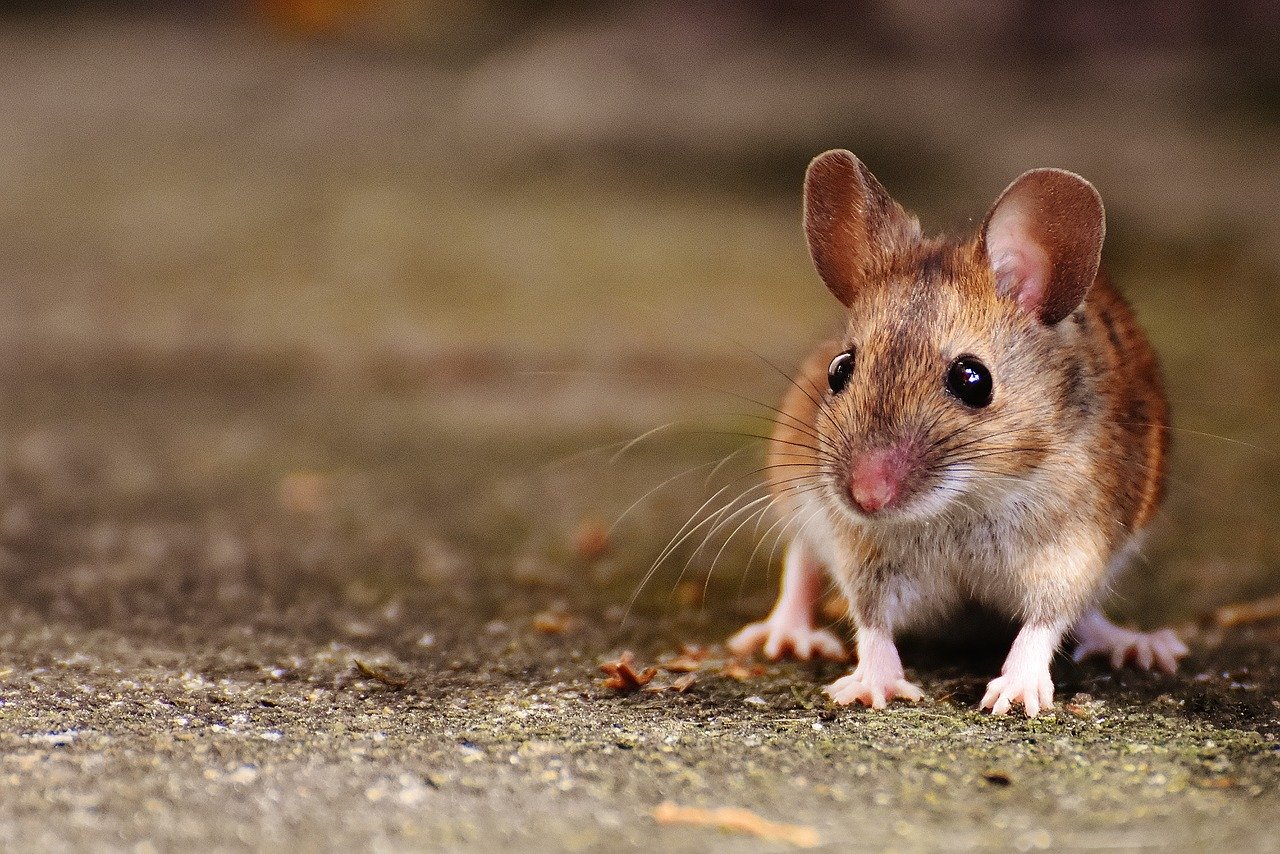 This is why the main way to keep out rodents starts with sealing any cracks and crevices that lead into your home. These openings tend to appear most near basements, foundations, window wells, insulation, and siding.
This is why the main way to keep out rodents starts with sealing any cracks and crevices that lead into your home. These openings tend to appear most near basements, foundations, window wells, insulation, and siding.
Another way to detract mice is by keeping kitchen and food areas clean and storing food in plastic, well-sealed containers. Mice like clutter, so don’t leave trash out. And keep firewood at least 20 feet away from your home, as well as branches and shrubs trimmed away from the house.
If you’ve had mice problems before, maintaining bait stations and traps is also important.
2. Ladybugs and Stink Bugs
Sure, ladybugs and stink bugs are pretty harmless winter pests. They don’t cause much damage to structures or eat through all your crumbs and sneak into your food supply. 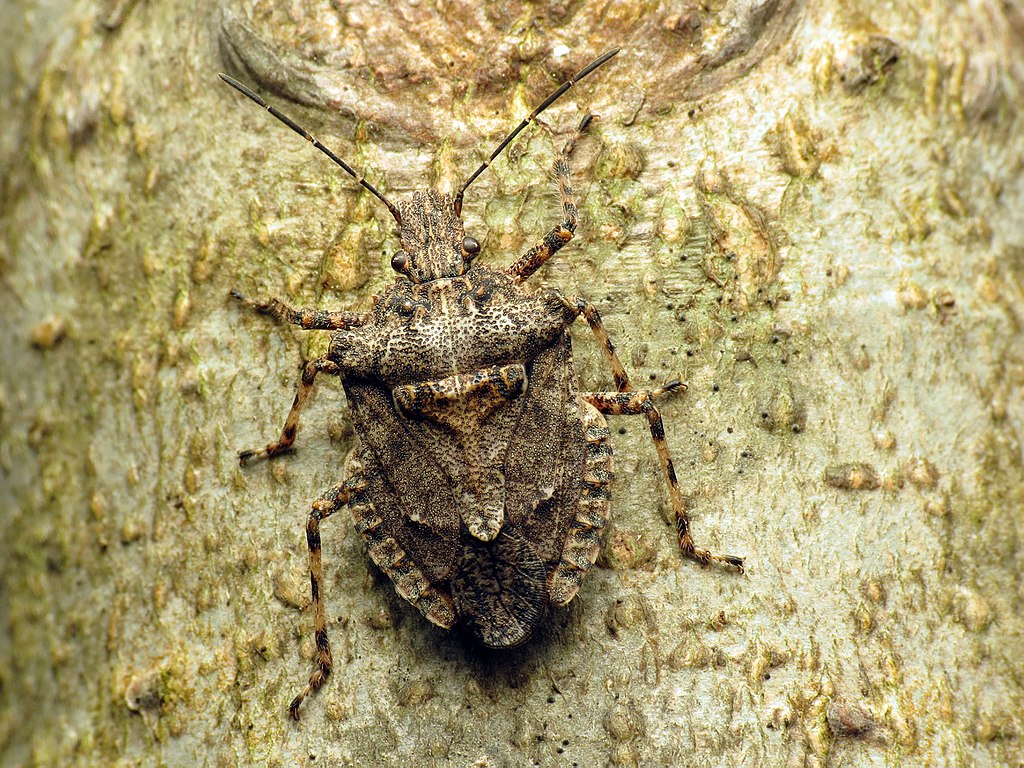 But they can become a nuisance. And when that weather cools, they can enter your home in decent numbers, making them tough to control once they get in.
But they can become a nuisance. And when that weather cools, they can enter your home in decent numbers, making them tough to control once they get in.
In addition to keeping food stored, the house clean, and keeping plants around your home trimmed, reducing moisture buildup around your home and keeping lights down when these bugs are trying to enter can also help keep them away.
Additionally, sealing cracks in attics or eaves can help prevent these winter pests from sneaking indoors.
3. Millipedes and Centipedes
The many-legged creepy winter pests like millipedes and centipedes may be the worst … it’s all those legs!
Full-grown centipedes can be more than an inch in length. They like your dark, damp basement because it also brings food in the form of other pests like spiders. That means if you see centipedes and millipedes, it could be a sign that you also have other bugs. 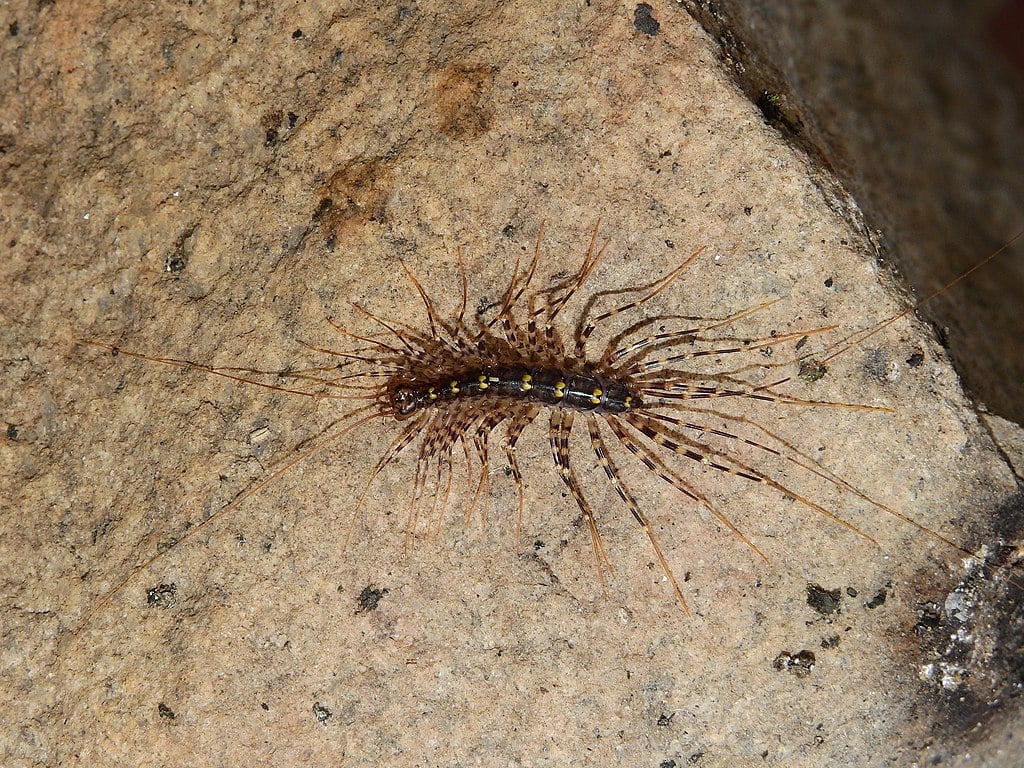 These bugs are active during the evening hours, and they enjoy spaces like floor drains, cardboard boxes, and cool crawl spaces.
These bugs are active during the evening hours, and they enjoy spaces like floor drains, cardboard boxes, and cool crawl spaces.
4. Spiders
These eight-legged winter pests like to move into homes looking for places to hide in the corners and stay warm.
They build webs near access points so they can catch other bugs entering your home as snacks. Check windows or door frames for webs, as well as dark corners, ceilings, and rafters. 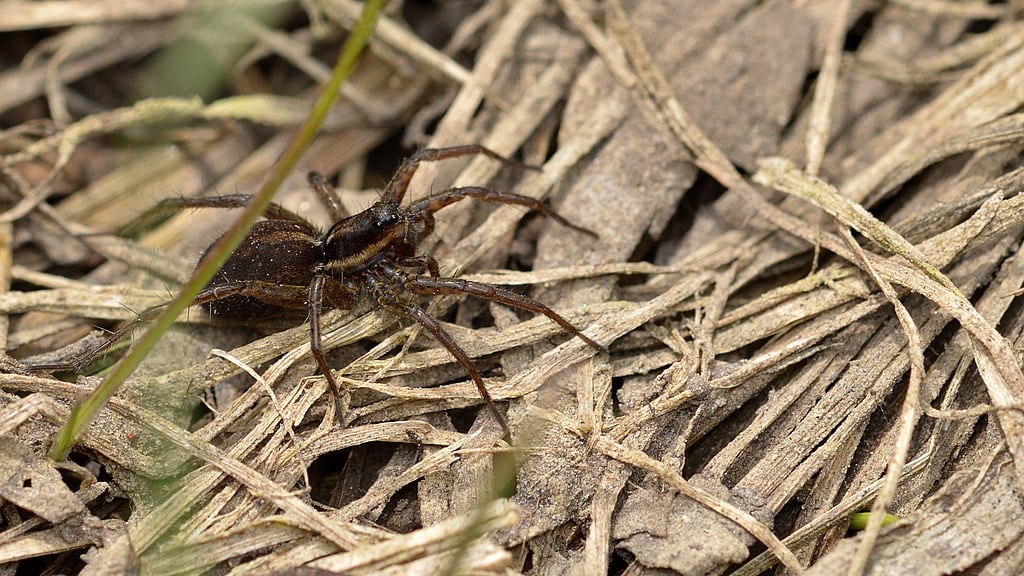 Excellent climbers, spiders can access your home in holes that aren’t only low near the basement, but also high up like broken window seals or cracks in roof tiles.
Excellent climbers, spiders can access your home in holes that aren’t only low near the basement, but also high up like broken window seals or cracks in roof tiles.
Clearing webs you see is a good preventive step to eliminating spiders.
Preventing Pests in Your Home in Winter
Taking precautions to keep pests out of your home during the winter is important so you can enjoy the season bug-free.
Maybe you don’t have time to inspect all the possible entry points around your home. We get that. Or maybe you’re noticing some pests, despite the fact that you’ve tried some of the DIY methods mentioned above to no avail. That’s when hiring a pest control professional can help. 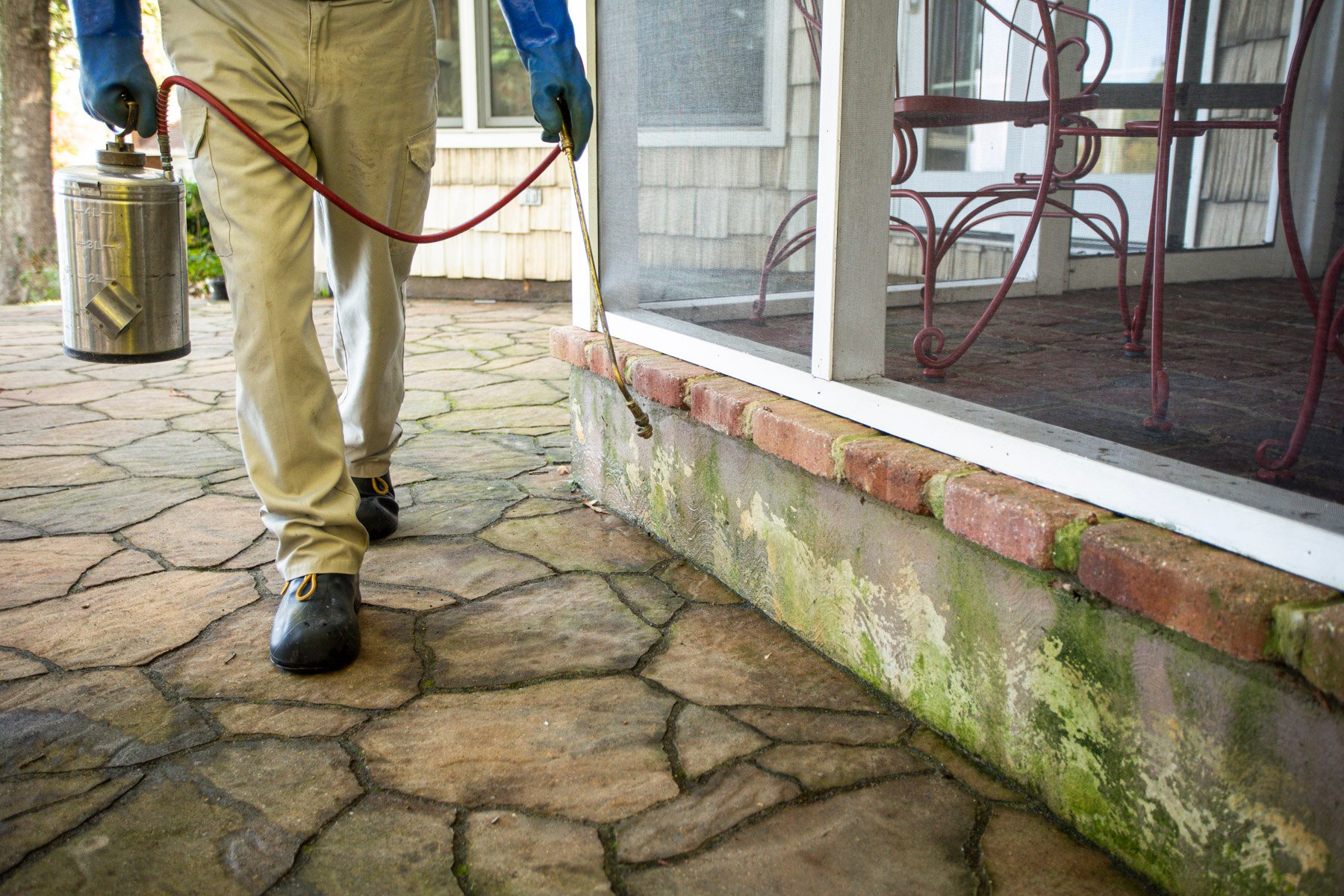 A pest control technician will conduct a general pest inspection and look for common entry points, sealing anything that is ½ inch in size or less. Since they see pests all the time, they know exactly where to look. They can even alert you to gaps larger than ½ inch that might need more work to close up. After that, they can do a perimeter pest control treatment that acts as a barrier to keep bugs out.
A pest control technician will conduct a general pest inspection and look for common entry points, sealing anything that is ½ inch in size or less. Since they see pests all the time, they know exactly where to look. They can even alert you to gaps larger than ½ inch that might need more work to close up. After that, they can do a perimeter pest control treatment that acts as a barrier to keep bugs out.
Signing up for a general pest control service that includes inspections and any necessary treatments or replenishing this barrier is important. First, this means a professional is keeping eyes out for winter pests on a regular basis, which can be a good feeling, keeping your worries at bay. Second, your pest barrier is only as good as its weakest spot, so keeping that treatment up quarterly means pests can’t sneak through.
Noticing any winter pests in your home? Want to learn more about our pest control services in Central and Southern Maryland? Get started today with a free quote. We’ll review your options together so you can make a great choice. Then you can just sit back and enjoy your home -- without the unwanted guests.
As the warm weather fades into colder, darker days in Central and Southern Maryland, you aren’t the only one preparing for the upcoming winter.
When that chilly weather strikes, some pests seem to disappear like those flying insects -- mosquitoes, flies, and bees. And you’re happy those nuisance pests and their stings and bites and itchy reactions are gone for the season. Others go into hibernation.
But if you think you’re free of pests for the year, think again.
While the colder months are nearly pest-free outdoors, that won’t stop some key intruders from invading your home.
In fact, frigid weather sends some overwintering pests into your home to wait out the cold.
Here are 4 winter pests you should watch out for and how to keep them out.
4 Winter Pests in Maryland
While you can get some warmth with a Florida vacation, unfortunately, not all pests want to get away like you can during the winter.
But they do seek warmth … and your basement and attic look like perfect hideaways. They are toasty warm, and your kitchen provides a regular, free, food supply.
As tough as winter can be, it would be worse if you had to deal with pests stealing your crumbs and leaving messes.
Use This Pest Guide to Identify & Eliminate 28 Different Pests!
And if you think you’re in the clear because it got cold, remember that pests can become active any time the temperature rises above 50 degrees Fahrenheit. This means that when the weather fluctuates like it’s been doing in Central and Southern Maryland between warm and cold, it may only take one day for those pests to stir up again and enter your home.
Keep an eye out for these particularly pesky 4 winter pests.
1. Rodents
Mice can sense subtle weather changes almost before they happen -- like changes in air temperature and pressure. That’s why this winter pest’s goal is to quickly seek shelter and warmth.
Mice can fit through very small openings -- dime size, in fact. They can feel warm drafts coming out of your heated home and follow their way back to the source. They can also smell food from quite a distance, and your home cooking smells pretty good.  This is why the main way to keep out rodents starts with sealing any cracks and crevices that lead into your home. These openings tend to appear most near basements, foundations, window wells, insulation, and siding.
This is why the main way to keep out rodents starts with sealing any cracks and crevices that lead into your home. These openings tend to appear most near basements, foundations, window wells, insulation, and siding.
Another way to detract mice is by keeping kitchen and food areas clean and storing food in plastic, well-sealed containers. Mice like clutter, so don’t leave trash out. And keep firewood at least 20 feet away from your home, as well as branches and shrubs trimmed away from the house.
If you’ve had mice problems before, maintaining bait stations and traps is also important.
2. Ladybugs and Stink Bugs
Sure, ladybugs and stink bugs are pretty harmless winter pests. They don’t cause much damage to structures or eat through all your crumbs and sneak into your food supply.  But they can become a nuisance. And when that weather cools, they can enter your home in decent numbers, making them tough to control once they get in.
But they can become a nuisance. And when that weather cools, they can enter your home in decent numbers, making them tough to control once they get in.
In addition to keeping food stored, the house clean, and keeping plants around your home trimmed, reducing moisture buildup around your home and keeping lights down when these bugs are trying to enter can also help keep them away.
Additionally, sealing cracks in attics or eaves can help prevent these winter pests from sneaking indoors.
3. Millipedes and Centipedes
The many-legged creepy winter pests like millipedes and centipedes may be the worst … it’s all those legs!
Full-grown centipedes can be more than an inch in length. They like your dark, damp basement because it also brings food in the form of other pests like spiders. That means if you see centipedes and millipedes, it could be a sign that you also have other bugs.  These bugs are active during the evening hours, and they enjoy spaces like floor drains, cardboard boxes, and cool crawl spaces.
These bugs are active during the evening hours, and they enjoy spaces like floor drains, cardboard boxes, and cool crawl spaces.
4. Spiders
These eight-legged winter pests like to move into homes looking for places to hide in the corners and stay warm.
They build webs near access points so they can catch other bugs entering your home as snacks. Check windows or door frames for webs, as well as dark corners, ceilings, and rafters.  Excellent climbers, spiders can access your home in holes that aren’t only low near the basement, but also high up like broken window seals or cracks in roof tiles.
Excellent climbers, spiders can access your home in holes that aren’t only low near the basement, but also high up like broken window seals or cracks in roof tiles.
Clearing webs you see is a good preventive step to eliminating spiders.
Preventing Pests in Your Home in Winter
Taking precautions to keep pests out of your home during the winter is important so you can enjoy the season bug-free.
Maybe you don’t have time to inspect all the possible entry points around your home. We get that. Or maybe you’re noticing some pests, despite the fact that you’ve tried some of the DIY methods mentioned above to no avail. That’s when hiring a pest control professional can help.  A pest control technician will conduct a general pest inspection and look for common entry points, sealing anything that is ½ inch in size or less. Since they see pests all the time, they know exactly where to look. They can even alert you to gaps larger than ½ inch that might need more work to close up. After that, they can do a perimeter pest control treatment that acts as a barrier to keep bugs out.
A pest control technician will conduct a general pest inspection and look for common entry points, sealing anything that is ½ inch in size or less. Since they see pests all the time, they know exactly where to look. They can even alert you to gaps larger than ½ inch that might need more work to close up. After that, they can do a perimeter pest control treatment that acts as a barrier to keep bugs out.
Signing up for a general pest control service that includes inspections and any necessary treatments or replenishing this barrier is important. First, this means a professional is keeping eyes out for winter pests on a regular basis, which can be a good feeling, keeping your worries at bay. Second, your pest barrier is only as good as its weakest spot, so keeping that treatment up quarterly means pests can’t sneak through.
Noticing any winter pests in your home? Want to learn more about our pest control services in Central and Southern Maryland? Get started today with a free quote. We’ll review your options together so you can make a great choice. Then you can just sit back and enjoy your home -- without the unwanted guests.
Image Source: Stink Bug, Centipede, Wolf Spider, Mouse
Share This
As the warm weather fades into colder, darker days in Central and Southern Maryland, you aren’t the only one preparing for the upcoming winter.
When that chilly weather strikes, some pests seem to disappear like those flying insects -- mosquitoes, flies, and bees. And you’re happy those nuisance pests and their stings and bites and itchy reactions are gone for the season. Others go into hibernation.
But if you think you’re free of pests for the year, think again.
While the colder months are nearly pest-free outdoors, that won’t stop some key intruders from invading your home.
In fact, frigid weather sends some overwintering pests into your home to wait out the cold.
Here are 4 winter pests you should watch out for and how to keep them out.
4 Winter Pests in Maryland
While you can get some warmth with a Florida vacation, unfortunately, not all pests want to get away like you can during the winter.
But they do seek warmth … and your basement and attic look like perfect hideaways. They are toasty warm, and your kitchen provides a regular, free, food supply.
As tough as winter can be, it would be worse if you had to deal with pests stealing your crumbs and leaving messes.
Use This Pest Guide to Identify & Eliminate 28 Different Pests!
And if you think you’re in the clear because it got cold, remember that pests can become active any time the temperature rises above 50 degrees Fahrenheit. This means that when the weather fluctuates like it’s been doing in Central and Southern Maryland between warm and cold, it may only take one day for those pests to stir up again and enter your home.
Keep an eye out for these particularly pesky 4 winter pests.
1. Rodents
Mice can sense subtle weather changes almost before they happen -- like changes in air temperature and pressure. That’s why this winter pest’s goal is to quickly seek shelter and warmth.
Mice can fit through very small openings -- dime size, in fact. They can feel warm drafts coming out of your heated home and follow their way back to the source. They can also smell food from quite a distance, and your home cooking smells pretty good.  This is why the main way to keep out rodents starts with sealing any cracks and crevices that lead into your home. These openings tend to appear most near basements, foundations, window wells, insulation, and siding.
This is why the main way to keep out rodents starts with sealing any cracks and crevices that lead into your home. These openings tend to appear most near basements, foundations, window wells, insulation, and siding.
Another way to detract mice is by keeping kitchen and food areas clean and storing food in plastic, well-sealed containers. Mice like clutter, so don’t leave trash out. And keep firewood at least 20 feet away from your home, as well as branches and shrubs trimmed away from the house.
If you’ve had mice problems before, maintaining bait stations and traps is also important.
2. Ladybugs and Stink Bugs
Sure, ladybugs and stink bugs are pretty harmless winter pests. They don’t cause much damage to structures or eat through all your crumbs and sneak into your food supply.  But they can become a nuisance. And when that weather cools, they can enter your home in decent numbers, making them tough to control once they get in.
But they can become a nuisance. And when that weather cools, they can enter your home in decent numbers, making them tough to control once they get in.
In addition to keeping food stored, the house clean, and keeping plants around your home trimmed, reducing moisture buildup around your home and keeping lights down when these bugs are trying to enter can also help keep them away.
Additionally, sealing cracks in attics or eaves can help prevent these winter pests from sneaking indoors.
3. Millipedes and Centipedes
The many-legged creepy winter pests like millipedes and centipedes may be the worst … it’s all those legs!
Full-grown centipedes can be more than an inch in length. They like your dark, damp basement because it also brings food in the form of other pests like spiders. That means if you see centipedes and millipedes, it could be a sign that you also have other bugs.  These bugs are active during the evening hours, and they enjoy spaces like floor drains, cardboard boxes, and cool crawl spaces.
These bugs are active during the evening hours, and they enjoy spaces like floor drains, cardboard boxes, and cool crawl spaces.
4. Spiders
These eight-legged winter pests like to move into homes looking for places to hide in the corners and stay warm.
They build webs near access points so they can catch other bugs entering your home as snacks. Check windows or door frames for webs, as well as dark corners, ceilings, and rafters.  Excellent climbers, spiders can access your home in holes that aren’t only low near the basement, but also high up like broken window seals or cracks in roof tiles.
Excellent climbers, spiders can access your home in holes that aren’t only low near the basement, but also high up like broken window seals or cracks in roof tiles.
Clearing webs you see is a good preventive step to eliminating spiders.
Preventing Pests in Your Home in Winter
Taking precautions to keep pests out of your home during the winter is important so you can enjoy the season bug-free.
Maybe you don’t have time to inspect all the possible entry points around your home. We get that. Or maybe you’re noticing some pests, despite the fact that you’ve tried some of the DIY methods mentioned above to no avail. That’s when hiring a pest control professional can help.  A pest control technician will conduct a general pest inspection and look for common entry points, sealing anything that is ½ inch in size or less. Since they see pests all the time, they know exactly where to look. They can even alert you to gaps larger than ½ inch that might need more work to close up. After that, they can do a perimeter pest control treatment that acts as a barrier to keep bugs out.
A pest control technician will conduct a general pest inspection and look for common entry points, sealing anything that is ½ inch in size or less. Since they see pests all the time, they know exactly where to look. They can even alert you to gaps larger than ½ inch that might need more work to close up. After that, they can do a perimeter pest control treatment that acts as a barrier to keep bugs out.
Signing up for a general pest control service that includes inspections and any necessary treatments or replenishing this barrier is important. First, this means a professional is keeping eyes out for winter pests on a regular basis, which can be a good feeling, keeping your worries at bay. Second, your pest barrier is only as good as its weakest spot, so keeping that treatment up quarterly means pests can’t sneak through.
Noticing any winter pests in your home? Want to learn more about our pest control services in Central and Southern Maryland? Get started today with a free quote. We’ll review your options together so you can make a great choice. Then you can just sit back and enjoy your home -- without the unwanted guests.
Image Source: Stink Bug, Centipede, Wolf Spider, Mouse
Share This
Topics: Pest Control


